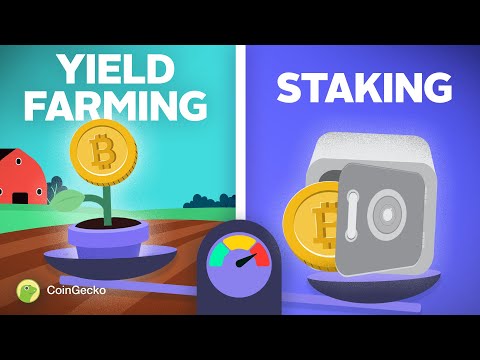Views: 0
Yield farming has quickly become one of the hottest trends in decentralized finance (DeFi), and you’ve likely come across the buzz surrounding the impressive returns some farmers are earning. But what exactly is yield farming? How did it emerge, and what are some common strategies used by yield farmers? And, importantly, what are the risks?
In this video, we’ll break down all these topics to give you a clear understanding of yield farming.
Before we dive in, if you’re new to DeFi, I recommend pausing this video and checking out my introduction to decentralized finance for some helpful background.
So, what is yield farming? At its core, it’s a method used to maximize returns on capital by utilizing different DeFi protocols. Yield farmers aim to earn the highest returns by frequently adjusting their strategies, often involving popular DeFi platforms such as Compound, Curve, Synthetix, Uniswap, or Balancer.
When a strategy becomes less effective or a better opportunity arises, farmers will rotate their funds, sometimes even exchanging tokens to chase higher yields. In the yield farming community, this process is commonly referred to as “crop rotation.”
Yield farming offers lucrative opportunities, but it’s essential to consider the associated risks before jumping in.




